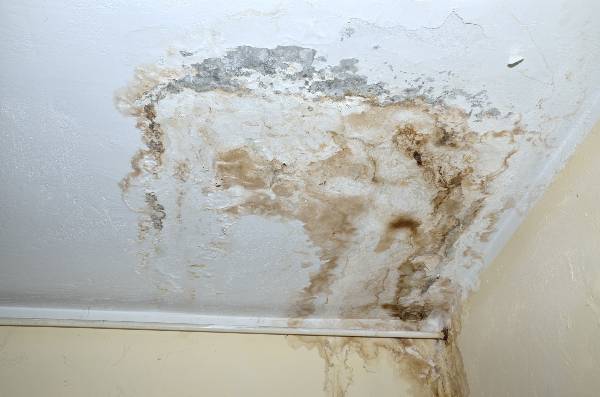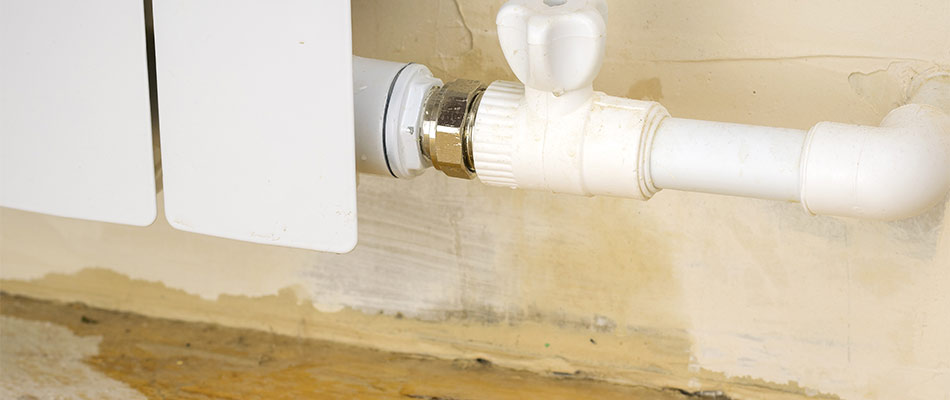Guide To Water Leak Discovery At Home
Guide To Water Leak Discovery At Home
Blog Article
Just how do you actually feel in regards to Detecting hidden plumbing leaks?

Early detection of leaking water lines can minimize a possible catastrophe. Some small water leaks might not be noticeable.
1. Examine the Water Meter
Every residence has a water meter. Checking it is a surefire way that helps you uncover leakages. For beginners, turn off all the water resources. Guarantee no one will certainly purge, utilize the tap, shower, run the washing equipment or dishwasher. From there, go to the meter and watch if it will certainly change. Considering that nobody is using it, there ought to be no motions. That shows a fast-moving leakage if it moves. Also, if you spot no changes, wait a hr or 2 as well as check back again. This indicates you may have a sluggish leakage that might also be underground.
2. Examine Water Intake
If you spot sudden changes, regardless of your intake being the very same, it suggests that you have leakages in your plumbing system. A sudden spike in your expense shows a fast-moving leak.
A steady increase every month, also with the exact same practices, reveals you have a sluggish leakage that's also slowly intensifying. Call a plumber to thoroughly check your property, particularly if you feel a warm area on your floor with piping beneath.
3. Do a Food Coloring Examination
When it comes to water usage, 30% comes from commodes. If the shade somehow infiltrates your dish during that time without flushing, there's a leakage in between the storage tank and also bowl.
4. Asses Exterior Lines
Do not fail to remember to examine your outside water lines as well. Test faucets by affixing a yard pipe. Should water permeate out of the link, you have a loose rubber gasket. Replace this and also make sure all connections are limited. If you have actually obtained a sprinkler system, it will help get it expertly took a look at as well as maintained each year. One small leak can waste lots of water and also spike your water costs.
5. Check as well as Examine the Circumstance
Home owners ought to make it a habit to inspect under the sink counters and also even inside cupboards for any type of bad odor or mold and mildew growth. These two warnings show a leakage so prompt attention is required. Doing routine evaluations, also bi-annually, can conserve you from a significant problem.
If you know your house is already old, maintain a careful eye on your heating units, hose pipes, pipes etc. Look for discolorations and weakening as many home appliances and pipelines have a life expectancy. They will certainly additionally normally wear away because of tear and also wear. Do not wait for it to escalate if you believe dripping water lines in your plumbing system. Call a specialist plumber today so you don't end up with a dreadful mess in your house.
Early discovery of leaking water lines can alleviate a prospective disaster. Some little water leaks might not be noticeable. Examining it is a proven way that aids you uncover leaks. One small leakage can throw away bunches of water as well as spike your water expense.
If you think leaking water lines in your plumbing system, don't wait for it to escalate.
WARNING SIGNS OF WATER LEAKAGE BEHIND THE WALL
PERSISTENT MUSTY ODORS
As water slowly drips from a leaky pipe inside the wall, flooring and sheetrock stay damp and develop an odor similar to wet cardboard. It generates a musty smell that can help you find hidden leaks.
MOLD IN UNUSUAL AREAS
Mold usually grows in wet areas like kitchens, baths and laundry rooms. If you spot the stuff on walls or baseboards in other rooms of the house, it’s a good indicator of undetected water leaks.
STAINS THAT GROW
When mold thrives around a leaky pipe, it sometimes takes hold on the inside surface of the affected wall. A growing stain on otherwise clean sheetrock is often your sign of a hidden plumbing problem.
PEELING OR BUBBLING WALLPAPER / PAINT
This clue is easy to miss in rooms that don’t get much use. When you see wallpaper separating along seams or paint bubbling or flaking off the wall, blame sheetrock that stays wet because of an undetected leak.
BUCKLED CEILINGS AND STAINED FLOORS
If ceilings or floors in bathrooms, kitchens or laundry areas develop structural problems, don’t rule out constant damp inside the walls. Wet sheetrock can affect adjacent framing, flooring and ceilings.
https://www.servicemasterbyzaba.com/blog/how-to-detect-water-leakage-in-walls/

I have been very inquisitive about Top leak detection hacks and I really hope you appreciated our entry. Do you know about another individual who is interested by the subject? Do not hesitate to promote it. Thank you for your time. Please check our website back soon.
Report this page